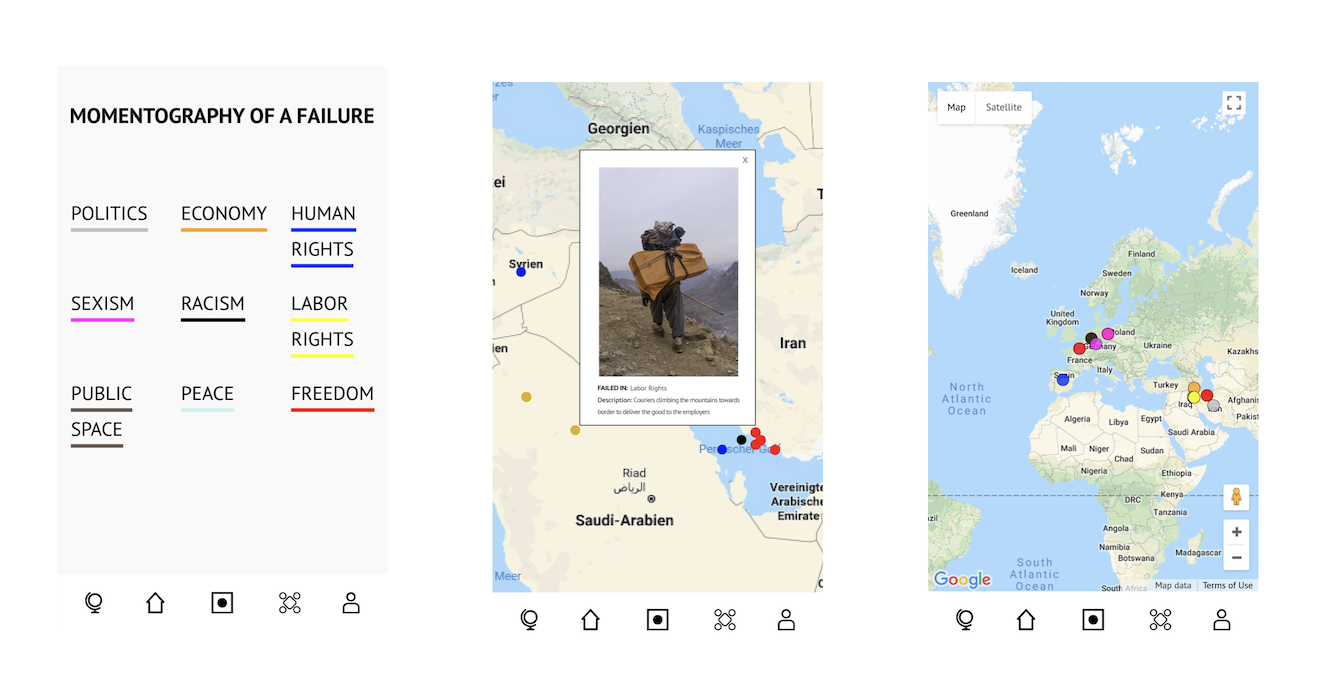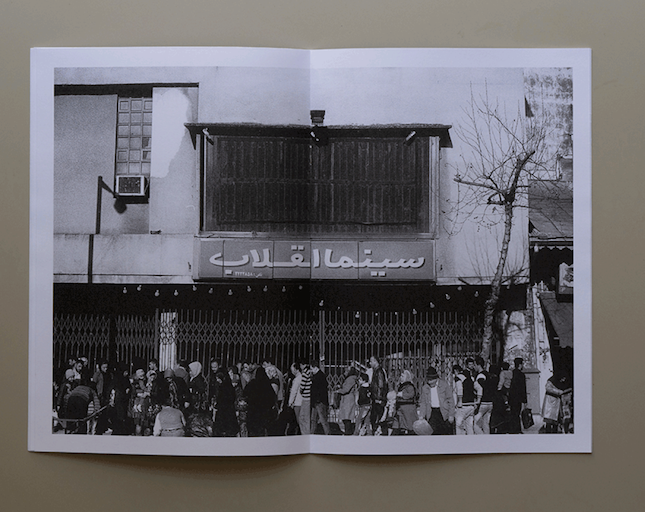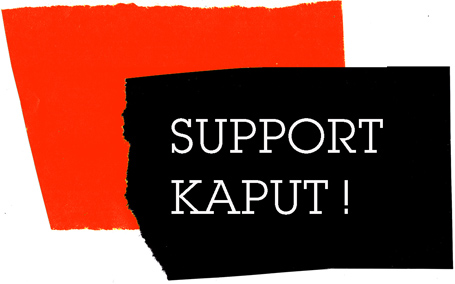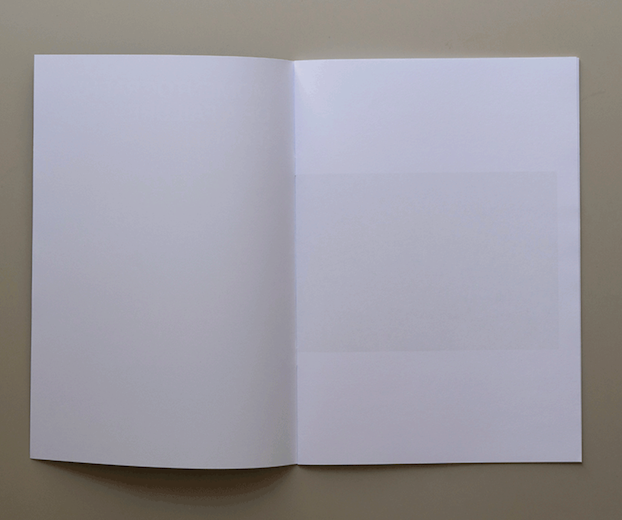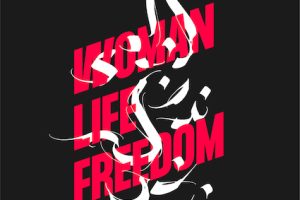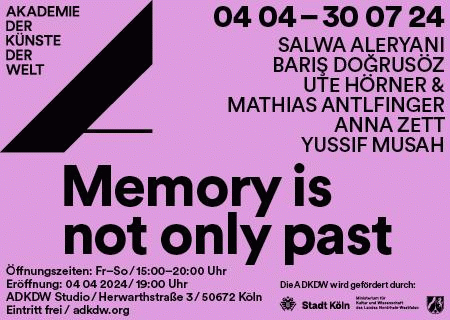Momentography of a failure: “We will try to raise the voice and connect to other groups that are concerned with the challenges in the gig economy sector”
Between the 16th and 20th of September Cologne based institution Akademie der Künste der Welt gonna host in collaboration with Nafiseh Fathollahzadeh, Parham Mortazavian and Orry Mittenmayer a workshop on photography and urban research: “Momentography of a failure“ stands for the disagreement with the status quo of our working and living worlds of today, environments in which underpayment and bad working conditions are not only the sad truth but also even reinforced by the socio-topographical surveillance strategies out there. Which brings up the question to which degree photography and urban sociology are able to built a symbiotic relationship with each other – the workshop will hopefully bring some light into this context; and the good thing: you can still be part of you apply till the 7th of September (details at the end of the feature).
Nafiseh, it seems that “Momentography of a failure“ is all about creating photos and photo essays. But is this really true?
Nafiseh Fathollahzadeh: We use a mobile app as our curating and mapping tool where user can pin a photo-essay, a video or sound on the world map.
So far we focused on developing photo-essays but with the recent updates in the app, we would be able to work with various mediums to explore different dimensions of time and space. It could be a film-essay or a soundscape, an interview or a conversation.
I asked the question before because the artistic dimension of the project is only one part in a complex spider net out of urban sociology and labor law. Therefor the question to you: How do you feel about this very special relationship between the aesthetic-artistic practice and the socio-political actionism.
I think the best answer to this question would be quoting from Henri Lefebvre:
“…the city is an oeuvre, closer to a work of art than a simple material product. If there is production of the city, and social relations in the city, it is a production and reproduction of human beings by human beings, rather than a production of objects.”
(“The Right to the City”, Writing on Cities, Henri Lefebvre)
Lefebvre considers a city as a space that is actively shaped by all the inhabitants through the appropriation of time and space, participation in public space and claiming the right on the city.We conceive the urban as a field of possibilities for collective action. Our participative practice aims at analyzing, documenting and mapping not only the problems of a particular district in urban space but also speculating on potentials and possible future narratives. This is where different disciplines like photography, urban research and activism come together to claim the right on the city by producing a variety of visual and textual layers that show and reveal the problematics and claim, reaffirm and dream the alternatives.
Coming from this: What can you say about the genesis of “Momentography of a failure“?
The very starting point of Momentography goes back to 2009 when almost everybody had a mobile phone camera in the pocket, when phone cameras changed the production, reception and distribution of photography and practices like “photo-sharing” and “citizen journalism” pluralized the medium, created a new form of encounter and established new conditions for its visibility.
June 2009 election protests in Iran is the birthplace of citizen journalism. We were inspired by the great amount of the photographs and videos made during the demonstrations and the way it shifted the role of the citizen as an observer to ‘recorder’. Later on with the Arab spring and occupy wall street the phenomenon became a worldwide discourse and altered the way of access to news.
This phenomenon inspired us to explore how citizen journalism can challenge the political hegemony and the main narrative which seeks to impose one particular interpretation and how it enables us to overcome the limit set on the concept of citizenship by the nation-state.
As Ariella Azoulay says: “…The users of photography thus reemerge as people who are not totally identified with the power that governs them and who have new means to deterritorialize citizenship, reaching beyond its conventional boundaries and plotting out a political space”
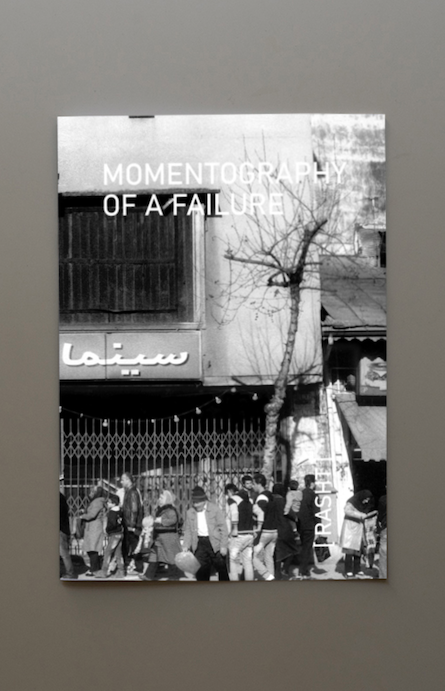 Momentography of a failure [Tehran] was the first outcome of these observations and examinations. It travels through the contested urban scene in Tehran in Revolution street (Khiaban-e-Enghelabe) and Freedom square (Meydan-e-Azadi).
Momentography of a failure [Tehran] was the first outcome of these observations and examinations. It travels through the contested urban scene in Tehran in Revolution street (Khiaban-e-Enghelabe) and Freedom square (Meydan-e-Azadi).
It oscillates between collective and individual memories of places and events via various sorts of imagery: Stills of found footage filmed during the 2009 demonstrations as well as1979 Islamic revolution and stills from films that our working group filmed between 2010-2014.
The camera(s) pass through Enqelab Street and Azadi Square, record the history(s) and restore the memory(s) of its profound socio-spatial changes. These places became the milieu of remembrance that intertwines the personal with the political and individual with the collective memory.
The book is the outcome of a collaboration between Yashar Sabunchi, Mehrad Amin kazemi, Nafiseh Fathollahzadeh and Parham Mortazavian.
With this background, we started to work on the dimensions of these questions and qualities that photography offers in perceiving the social space and interacting with it.
How is public space perceived collectively by its residents?
What does materialize the memories of a space?
What could motivate residents to rethink the potentials of their social space?
What would activate citizens to share their vision about their neighbourhood or explore their city with different means?
How could we perceive, narrate and appropriate social space collectively through photography?
How could we recycle the memories of spaces through photography?
And how could photography and urban research interact in understanding various dimensions of space?
In 2018, we restarted Momentography as participative photography and urban research project in various urban contexts in different cities. In a series of workshops in Berlin (Marzahn and Hellersdorf) Gelsenkirchen (Uckendorf) and Addis Ababa (Eastern periphery), we tried to go through these questions by exploring the spatial transformations of a specific district – Its problems and potentials-.
We approach urban landscape through collaborative photography and urban research which involves the participation of locals and activating collective memories of those spaces.
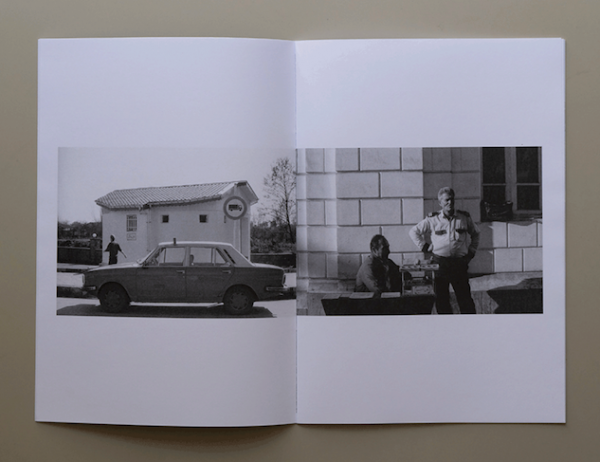 One of the lead tasks of the workshop will be to question to which degree the new digital platform economics change our cities? What do you think?
One of the lead tasks of the workshop will be to question to which degree the new digital platform economics change our cities? What do you think?
This would be a question to all participants of the workshop and how would we perceive it collectively.
One of the aspects that I am personally interested in is mapping the city from the labour perspective namely riders perspective. How would an alternative map look like if we trace the unpaid working hours and map the breaks or the waiting time for orders? Is it a free time that could be appropriated or is it simply the unpaid working hours that is promoted as “freedom of movement” or “flexible working hours”?
How do the new forms of mobility in urban life transform the socio-spatial dynamics of the city?
During the corona pandemic and by now we get used to managing our everyday life digitally. In other words, the new forms for working, communicating, transporting, etc that started to transform our social interactions in the public space gradually during the last decade became new norms within less than a year.
I am interested in investigating those new norms that will shape our social life in the new future that is closely related to our digital culture of consumption and platforms that provide these services.
Right now we celebrate the tenth day of death of Christoph Schlingensief. With his 1998 established party Chance 2000 Schlingensief tried to changed the public awareness for the act of failing, he spoke of „Scheitern als Chance“, failure as an positive connoted term. Do you see a direct connection line from his work to “Momentography of a failure“?
This is a beautiful comparison and this is exactly how we confront with the Failure too.
A “Failure” emphasizes the two sides of the same coin. On the one hand, it is a deviation from expected and desired results and on the other hand, It is a natural byproduct of experimentation and trying something new. This double meaning helps us to identify and analyze the potentials as well as the problems of the subject matter.
You will lead through the workshop together with the urban explorer and member of Momentography of a failure Parham Mortazavian as well as with Orry Mittenmayer (activist and founder of Liefern am Limit, a Cologne based initiative that tries to achieve better working conditions for bicycle couriers of grocery delivery services. How did this special constellation found together?
Parham Mortazavian and I work since 2018 together in conceptualizing the workshops and developing it. We worked in Berlin workshop together on the socio-spatial transformation and segregation of the social housing settlements in the eastern outskirts of Berlin and we have the chance to continue our collaboration in the upcoming workshop.
As Eva Busch the curator of the exhibition “Ghosts, Traces, Echos: working in shifts” in Akademie der Künste der Welt invited our the project to take part in the Exhibition we discussed issues around the contemporary shifts labour. Our project will be presented in the part of the exhibition called “echos” that deals with the current challenges of labor. That is how we decided to focus on emerging forms of the platform economy.
Eva Bush introduced me to Orry Mittenmeyer the founder of “liefern am Limit” and we proceeded with our common interests and possibilities of bringing various fields together. We are excited to see where this collaboration takes us.
How is the perfect workshop attendee looking to you?
We invite photographers, urban researchers, activists, writers, drivers or couriers to participate in a collaborative research and photography workshop to be held September 16th to 20th, 2020.
Are you optimistic to also get some non artists to be involved, maybe even Uber drivers or Liederando delivery workers?
Sure. We will work with the members of “liefern am limit” and we will try to raise the voice and connect to other groups that are concerned with the challenges in the gig economy sector.
Nafiseh, thanks so much for your time.
Thank you very much Thomas.
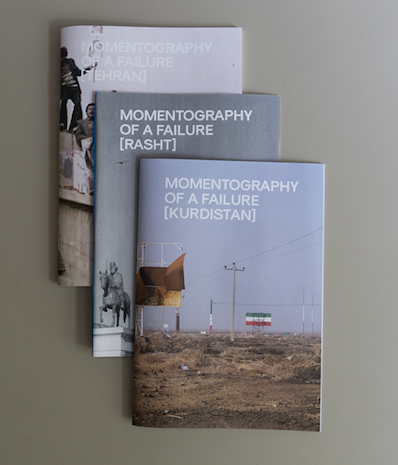 MOMENTOGRAPHY OF A FAILURE
MOMENTOGRAPHY OF A FAILURE
PHOTOGRAPHY AND URBAN RESEARCH WORKSHOP ON GIG ECONOMY
16.-20.09 2020
Details: MOMENTOGRAPHY OF A FAILURE
Applications (deadline for submissions is September 7th, 2020): speaking@ofafailure.com







